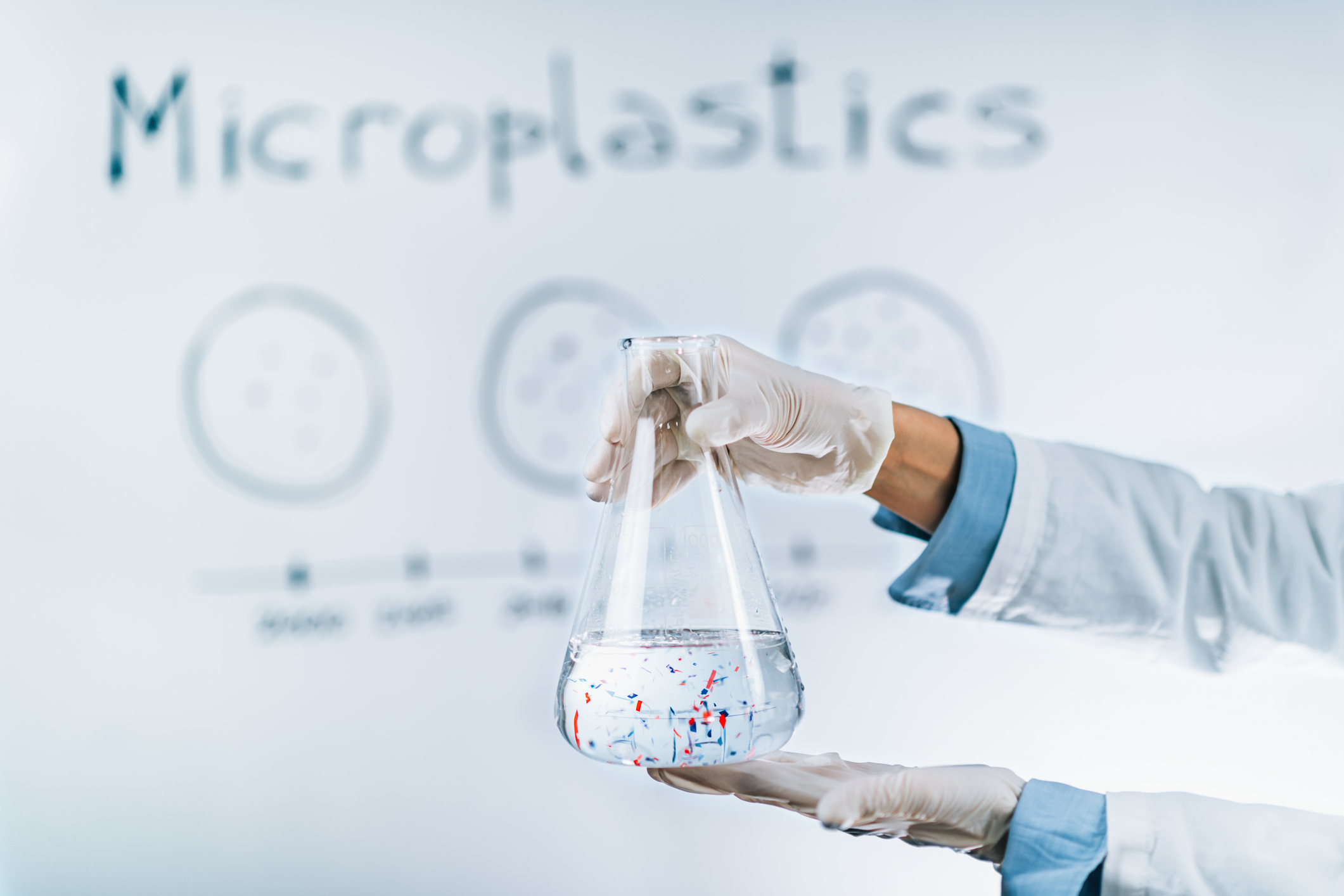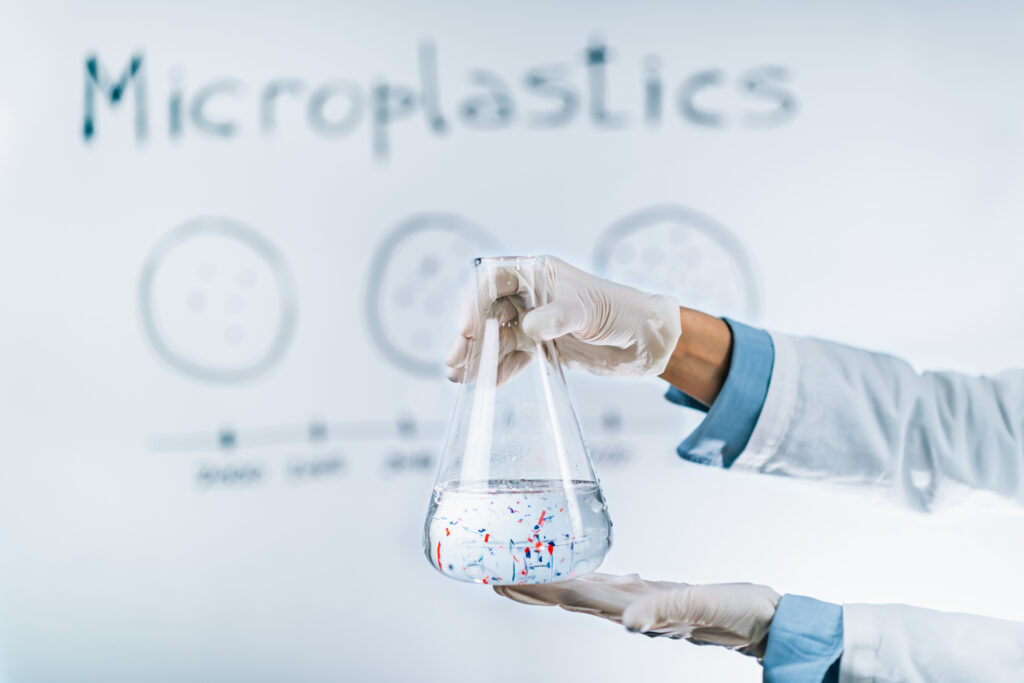
A 2019 study estimated that Americans ingest and inhale roughly 100,000 microplastic particles annually. People who drink bottled water consume an additional 90,000 microplastics every year, while those who drink tap water imbibe only 4,000 more bits of microplastic.
Although this study differentiated men from women—men get a heftier dose of microplastics than women—it did not look at racial differences. If it had, one of the most glaring cases of environmental racism in the U.S. would be evident to even the most casual observer.
In fact, there’s a triple whammy of plastic pollution—including microplastic pollution—effects on Black communities.
How does microplastic pollution affect Black communities?
The production, use and disposal of plastic objects, including the microplastics released during each phase, disproportionately affect Black communities. Here are some reports to prove it:
- A 2023 study revealed that marginalized (fenceline) communities adjacent to plastic factories and incinerators experience increased risks of many negative health outcomes including premature birth, low birth weight, asthma, childhood leukemia, cardiovascular disease, chronic obstructive pulmonary disease and lung cancer.
- A 2017 report from the N.A.A.C.P. and the Clean Air Task Force showed that Black people are 75% more likely than other Americans to live in fenceline communities.
- A 2023 report by the nonprofit Defend Our Health found that 64% of residents who face cancer risks from plastic factories are people of color.
- A 2019 report from the Global Alliance for Incinerator Alternatives (GAIA) concluded that 79% of municipal solid waste incinerators are located in BIPOC or low-income communities. Being closer to toxic fumes emitted by burning plastic, Black people are disproportionately exposed to microplastics and nanoplastics.
- Nielsen statistics from 2017 reveal that Black people, who make up 14% of the U.S. population, have outsized spending on personal soap and bath needs, feminine hygiene products and men’s toiletries. Their research also shows Black consumers spent $810 million on bottled water (15% of overall spending) and $587 million on refrigerated drinks (17% of overall spending). Blacks people overwhelmingly dominate the ethnic hair care market. Almost all of these products are sold in single-use plastic bottles.
What are microplastics and nanoplastics?
Microplastics are tiny bits of plastic between 1 micron and 5 millimeters long, the size of a grain of rice. Nanoplastics are even smaller than microplastics and invisible to the naked eye. They are less than 1 micron (1,000 nanometers) long. For context, the width of a human hair averages 90,000 nanometers.
Microplastics and nanoplastics (MNPs) are literally everywhere on earth including the most remote regions. They result from the disposal and breakdown of the trillions of plastic products ever created. Made of fossil fuels, MNPs are indestructible. These tiny plastic particles are abundant in air, food and water.
Since 2022, scientists have been documenting the presence in MNPs in humans. Alarmingly, they are located in every possible nook and cranny in the human body, including our blood, bone marrow and organs.
Are microplastics harmful to human health?
According to the U.S. Food and Drug Administration, “current scientific evidence does not demonstrate that the levels of microplastics or nanoplastics (MNPs) detected in foods pose a risk to human health.” However, ongoing scientific investigation indicates that “MNPS are emerging as a potential risk factor for cardiovascular disease in preclinical studies,” according to a March 2024 study.
Further evidence published in July 2024 “…has strongly suggested that these plastic particles amplify human susceptibility to a spectrum of lung disorders, including chronic obstructive pulmonary disease…[and] asthma.” Other research points to links between MNPs and colorectal cancer which is shockingly becoming common in Gen Zers and millennials.
MNPs accumulate preferentially in the human brain, “one of the most plastic-polluted tissues yet sampled,” commented the study’s authors. Notably, Alzheimer’s patients had 10 times more MNPs by weight than healthy people.
More worrisome is that MNPs serve as carriers for many endocrine disrupting chemicals such as bisphenol-A, phthalates, flame retardants, PFAS and heavy metals. These toxins are loosely bound to MNPs so easily leach into breast milk and other bodily fluids, such as semen.
How to minimize your exposure to microplastics and nanoplastics
In our plastic-filled world, it is impossible to completely avoid microplastics and nanoplastics (MNPs). Minimizing exposure to them is all you can do. Here are a few ways.
- Avoid consuming foods with a high fat content—meats and cheese especially—that are packaged in plastic wrap.
- Choose minimally processed protein foods instead of highly processed ones such as breaded shrimp, chicken nuggets, or fish sticks, including plant-based alternatives of these products.
- Eat less animal protein and more beans and tofu.
- Swap out plastic kitchenware—especially cutting boards and utensils—for wood, metal, or glass.
- Never microwave foods in plastic containers or plastic pouches. Choose glass instead.
- Drink filtered tap water instead of bottled water.
- Keep your home as dust-free as possible since dust is contaminated with microplastics.
- Scrub indoor air clean with an air purifier equipped to remove microplastics.
- Wear 100% cotton, hemp, silk, or wool clothes rather than synthetics like spandex (lycra), polyester, rayon, or acrylic.
- Choose personal care products that don’t contain microbeads.
- Instead of synthetic carpets, select wood or 100% natural fabrics.
- Install a microplastics filter on your washing machine to trap 98% of them.

